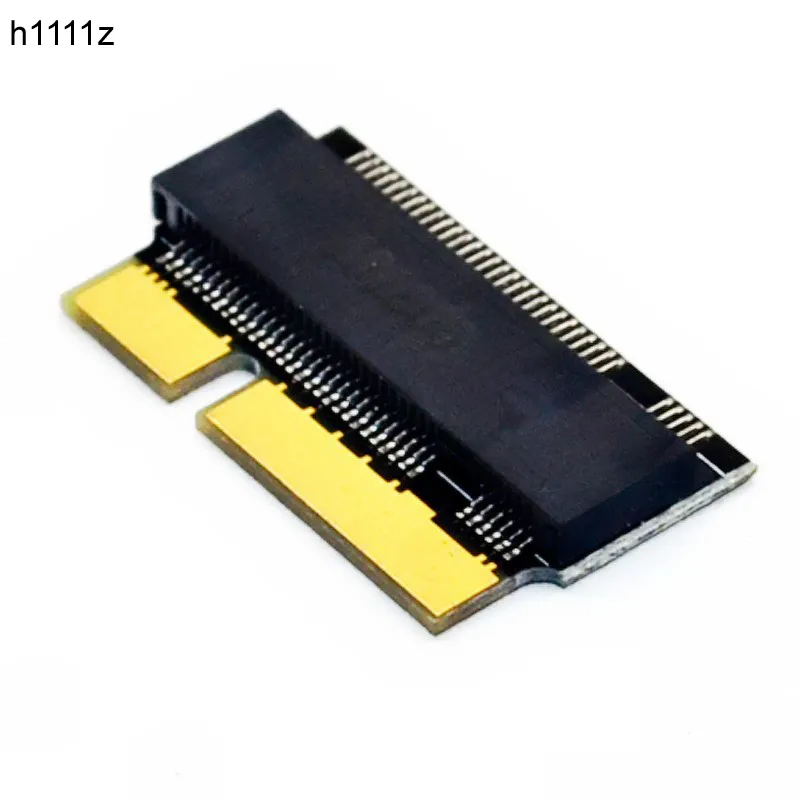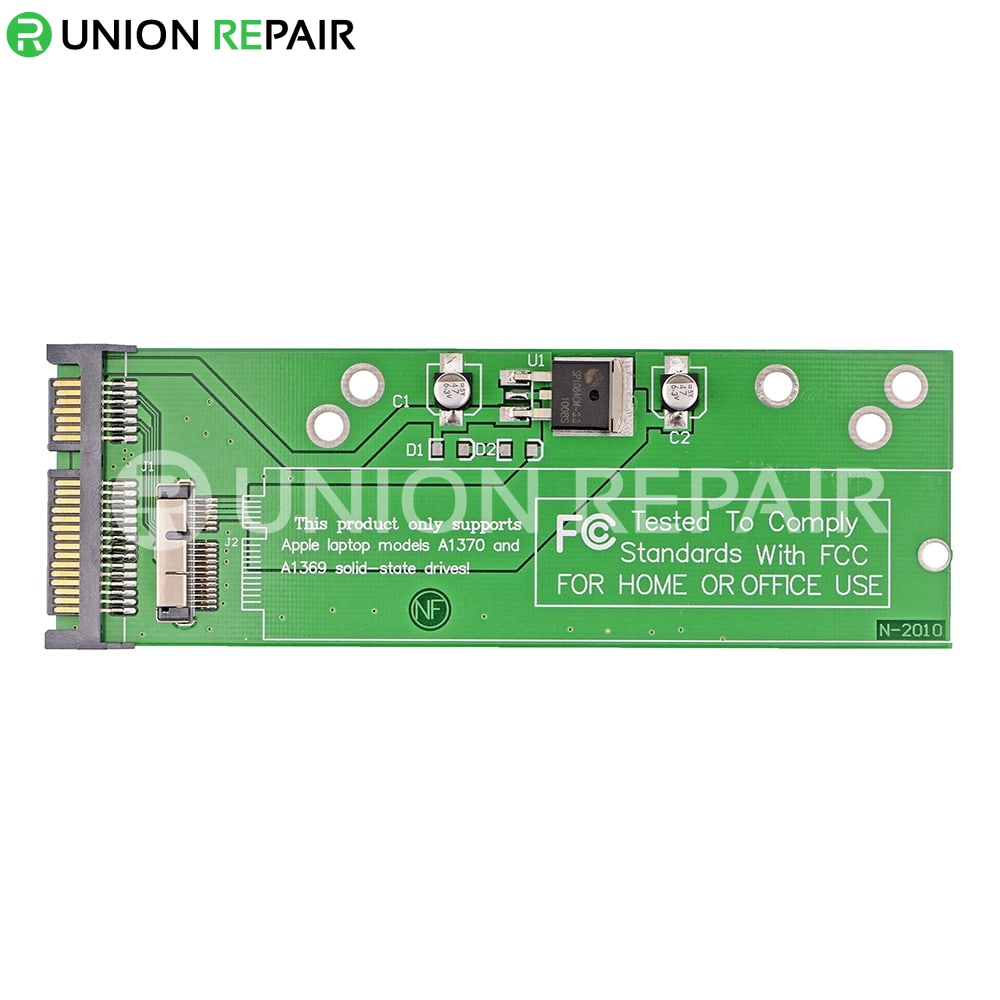

One can also see that each network switch tray has a USB port, an out-of-band management port, and a serial console port. Ingrasys ES2000 Kioxia EM6 NVMeoF SSD Chassis Rear 2 Also, as a fun note, since this is an Ethernet switch node, we can have 1-6 connections and in this system the one connection being used is 100GbE. This particular system only has the top node connected. Looking at the rear of the system, we can see the two switches. Ingrasys ES2000 And Kioxia EM6 Controller Node Installed Here is a look at the switch node under a plexiglass cover. This is because there are two in each chassis. Ingrasys ES2000 And Kioxia EM6 Controller EDSFF Backplane As one can see, we have EDSFF connectors but only one set even though the drive trays have two connectors. Here is a look at the backplane that the drives plug into. Ingrasys ES2000 Kioxia EM6 NVMeoF SSD Chassis 3

The EDSFF connectors are designed for hot-swap, and Ethernet networks, of course, are designed to handle devices going online/ offline. We show this in the video, but we can actually hot-swap the EM6 SSDs. Ingrasys ES2000 Kioxia EM6 NVMeoF SSD Chassis Front In the Kioxia lab, we got to use an older revision chassis but one can see it is a 24-bay 2U that looks like many other servers and storage shelves we have seen over the years.

Ingrasys ES2000 And Kioxia EM6 24 Bay Front This is the first time that we got to actually use the system though.

We looked at the Ingrasys ES2000 for Kioxia EM6 NVMe-oF SSDs at SC21. That is an important feature to allow them to compete in markets traditionally serviced by dual-ported SAS SSDs. These are dual-port NVMeoF SSDs for redundancy. This is to maintain a common design with traditional NVMe products, but it highlights another feature. One can see that the Ingrasys ES2000 sled has two EDSFF connectors on it. This may look like a normal 2.5″ SSD, but there is a big difference, its I/O is Ethernet rather than traditional PCIe/ NVMe. Kioxia EM6 NVMeoF SSD in the Ingrasys ES2000įirst off, the biggest change in this entire solution is the Kioxia EM6 SSD. In the video, we are able to show what the screens look like and show blinking videos and features like hot-swapping the drives.Īs always, we suggest opening this in a new browser/ tab for the best viewing experience. We have a video version of this one as well. We get hands-on to show you why this is very cool technology. The Kioxia EM6 is a NVMeoF SSD that uses Ethernet and RDMA instead of PCIe/ NVMe, SAS, or SATA to connect to the chassis. This is our first hands-on with a new class of SSDs designed for a different scale-out deployment model.


 0 kommentar(er)
0 kommentar(er)
